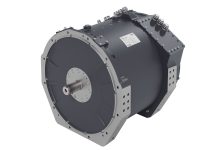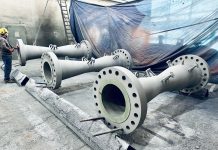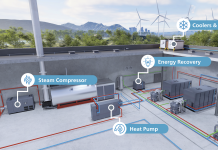ABB’s Measurement Products business prides itself on developing instrumentation and analyzers that make solving tough measurement applications easy for customers. Here we discover how ABB Measurement Products’ help the oil and gas industry explore deeper in the ocean for new reserves.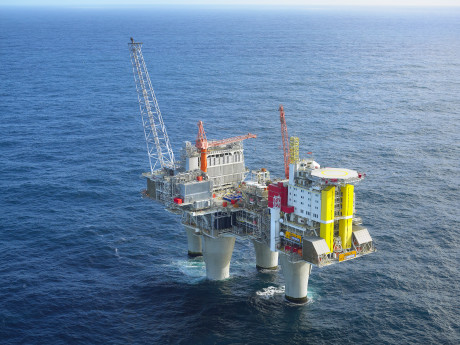
As offshore shallow-water oil and gas reserves run dry, the industry is turning to deeper waters. With average ocean depths of more than 4,000 meters (2.5 miles), falling to almost 11 kilometers (6.8 miles) in the Marianas Trench (a depth 2,000 m (1.2 miles) more than necessary to house the full height of Mt Everest), exploiting deep sea oil and gas reserves presents many challenges. To put these challenges into perspective, it was not until 1934 that the first manned submarine reached a depth of just 914m (0.6 miles). Today, less than one hundred years later, mobile offshore drilling units (MODUs) drill at depths of around 3,000 m (1.9 miles), but not without difficulty, as was recently illustrated by the Deepwater Horizon oil spill in the Gulf of Mexico.
Gas hydrates are the problem
To meet these challenges, sophisticated technology has been developed that enables drilling and wellhead maintenance in hostile corrosive environments, at low temperatures and under enormous pressures (pressure at sea level [1 atmosphere] increases by an additional atmosphere of pressure for every 10m [33ft] of descent). A major part of the problem is keeping extraction costs down despite the inaccessibility of deep sea oil and gas wells. To remain cost effective, every effort is made to minimize the weight, topside, on offshore platforms and floating production storage and offloading (FPSO) vessels. This is achieved by relocating heavy modules to the seabed and conducting many production operations at depth, such as oil and water separation, which facilitates the forced removal of depleting oil and gas from the well, by water re-injection, as it empties. To do this, instruments that measure flow rate for both fiscal and well-head maintenance purposes are required.
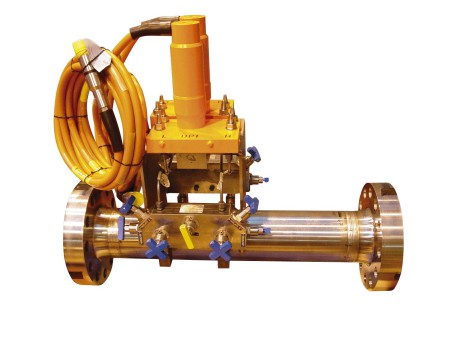
Here, gas hydrates are the problem. They form under conditions of high pressure and low temperature, which are exactly the conditions found in many subsea applications. In oil exploration and production, gas hydrates are a serious problem since they block pipelines and subsea transfer lines leading to potential safety issues and losses in revenue through lost production. The solution is mono ethylene glycol (MEG) – better known as the basis of antifreeze – but how much to add is the question, since whatever is added must be removed and separation is both time consuming and costly. To keep MEG to a minimum, the water to oil ratio is measured constantly so that just the right amount of MEG can be injected to combat wellhead blockage.
The solution sounds easy, but it isn’t
The solution sounds easy, but the water to oil ratio changes as the well “matures”, so the amount of MEG added must be constantly readjusted to maintain the optimal mix. And, of course, all of this must be done at depth with minimum human intervention, which means the measurement instruments employed must be sufficiently rugged to withstand the hostile environments of both the deep sea and the oil and gas extraction process.
Deep sea measurement instruments
ABB’s Measurement Products business makes rugged instruments to help oil & gas producers produce more. Their subsea Venturi, which can be used to measure process fluids as well the MEG injection, relies on the quality of the materials used for its construction. This often means using super duplex steel alloys and in some cases, even-more exotic alloys such as Inconel 625 to overlay the base alloy to provide additional corrosion resistance.
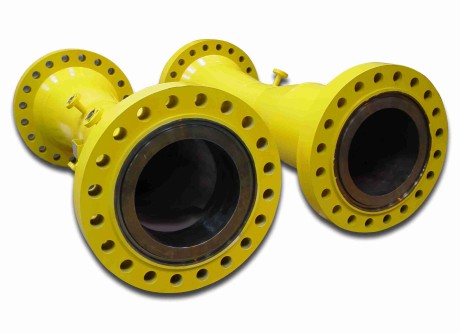
Thick walls are also employed, which satisfy the enormous pressure requirements both inside and outside the instrument. Further assurances are provided through stringent material and manufacturing traceability protocols, which include ISO29001 (Oil & Gas approval) and ASME section 9 (welding). This is key to ensure that the instrument is fit for purpose before it is deployed to depths where human intervention is costly and difficult. Typically the instrument will remain maintenance free throughout its life as long as the process stays free of hydrates.
Another major challenge for deep sea measurement instruments is the connection of a power supply. This requires electrical components that can be connected and disconnected under pressure (at 4,000 m [2.5 miles] underwater the pressure is 400 times atmospheric). This requires that the differential pressure (DP) transmitters used with the instrument are fitted with “umbilicals” (cables) and electrical connectors that perform under sea water and at pressure. To help ensure reliability, additional redundant integral DP transmitters are fitted and special manifolds designed to be manipulated by a heavily-suited and gloved diver or a remotely operated vehicle (ROV). ABB Measurement Products supplies robust deep sea and topside instruments to many of the leading oil and gas exploration companies globally. www.abb.it

